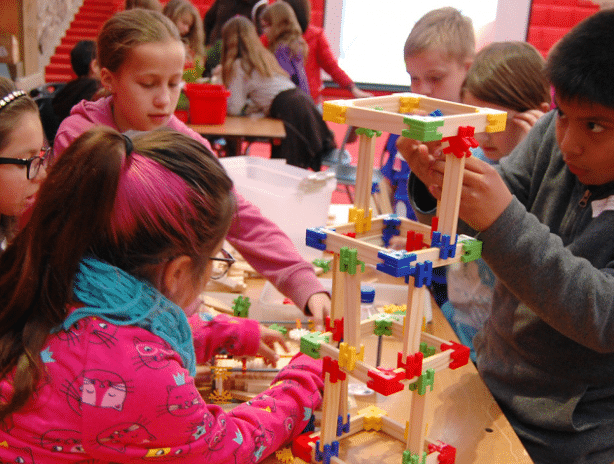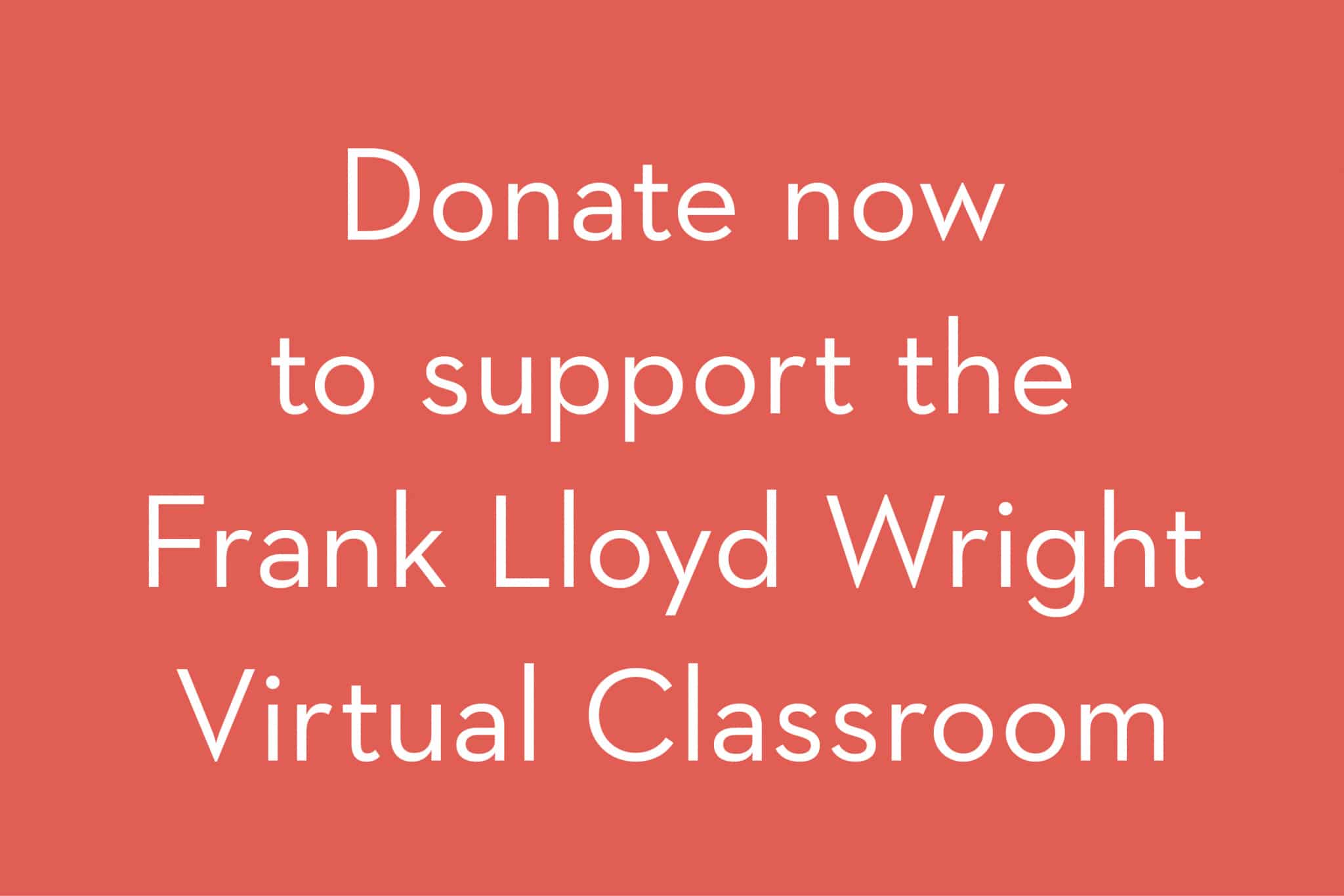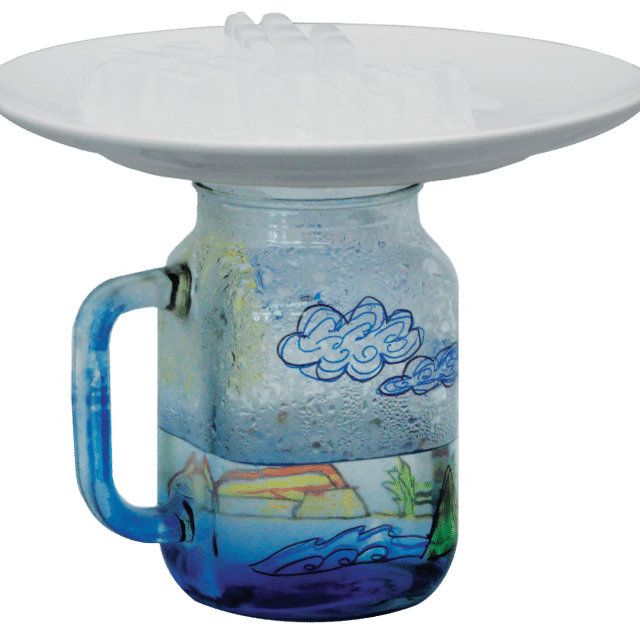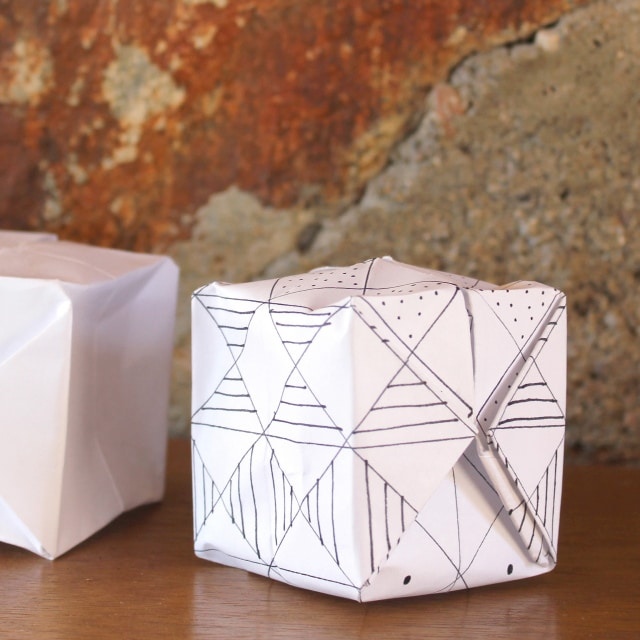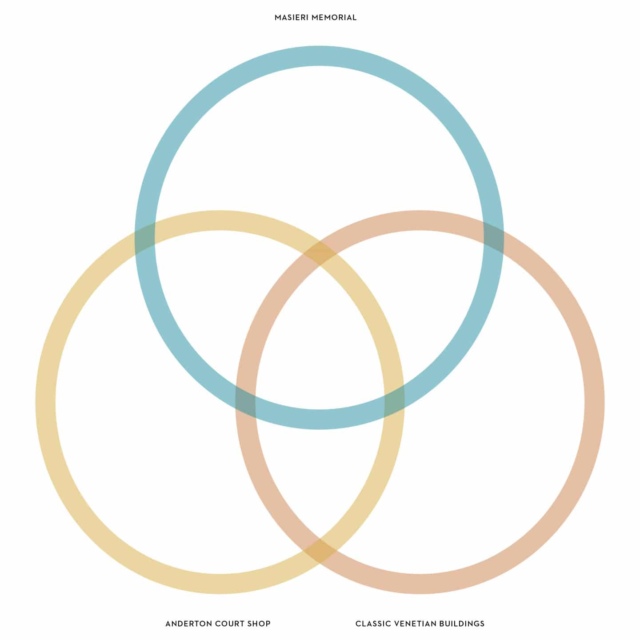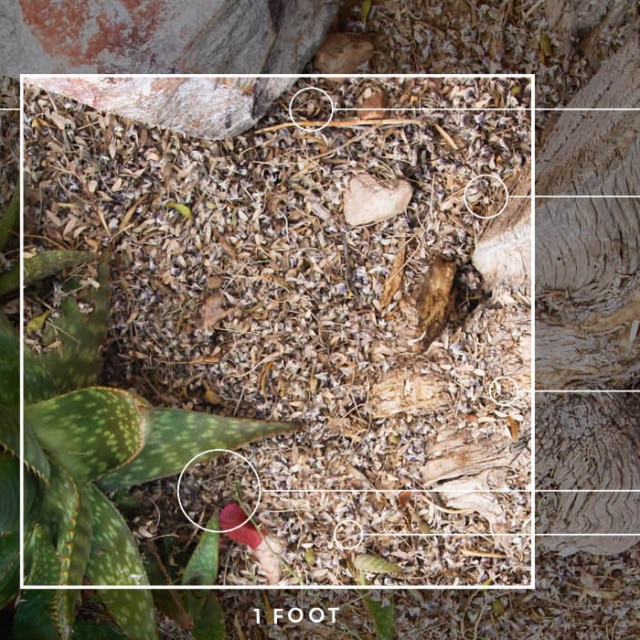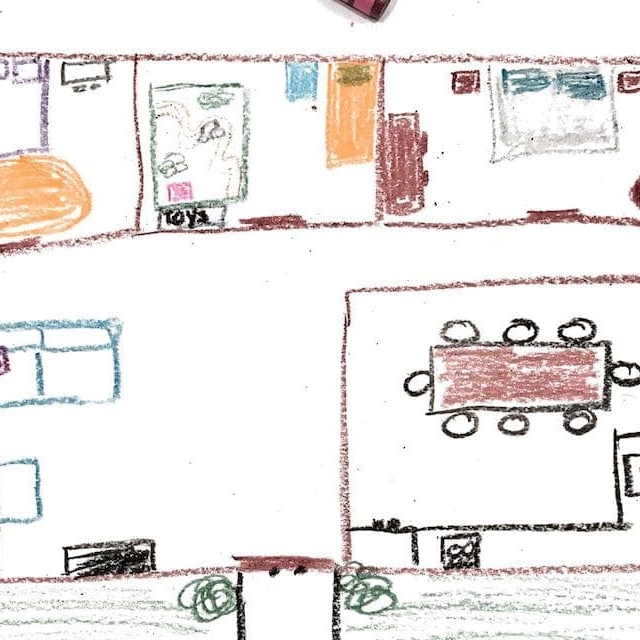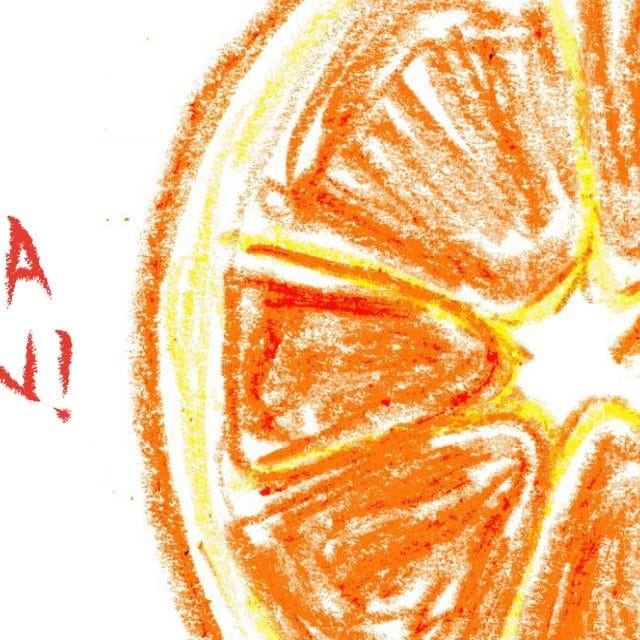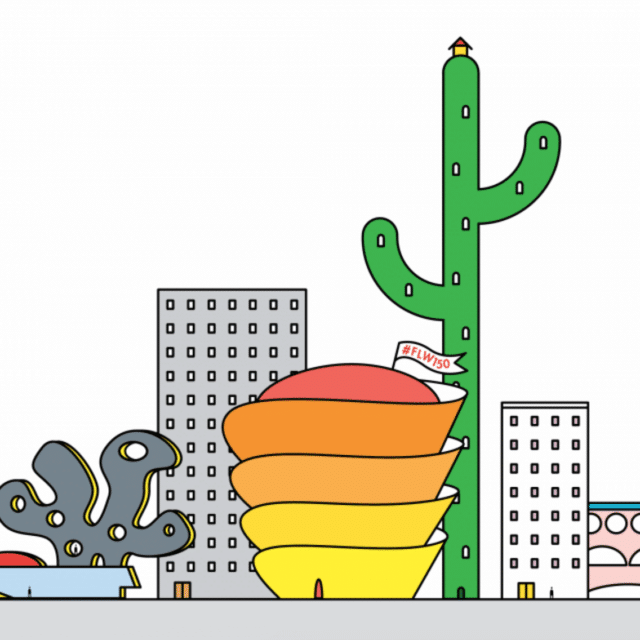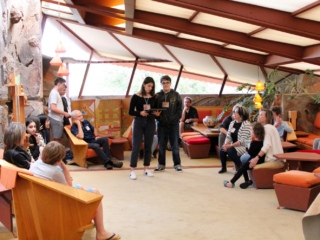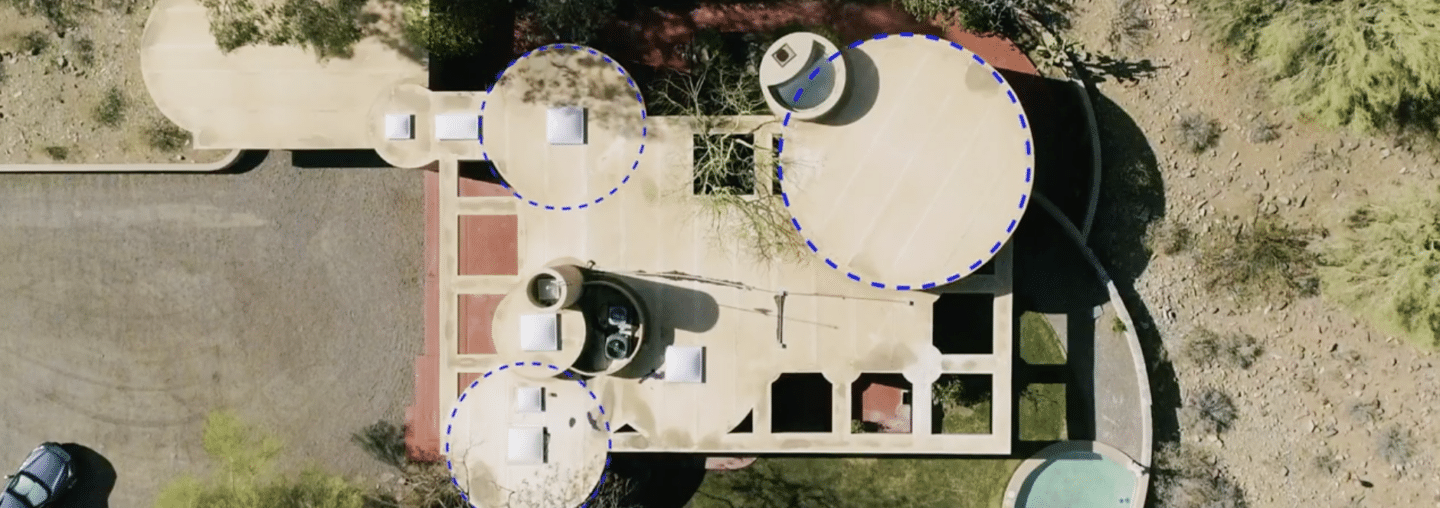
Frank Lloyd Wright Virtual Classroom Activity 4: Circles and Geometric Drawing
Frank Lloyd Wright Foundation | May 6, 2020
The Frank Lloyd Wright Foundation has collaborated with the Paradise Valley School District to create K-12 curriculum. This is the fourth of 6 activities from that collaboration.
Welcome back to our fourth activity based around a geometric drawing! Let’s recap what we have learned so far on our journey to make our own sidewalk stained‐glass drawing!
- In the last video we learned about the geometry of a triangle, how to identify them in a building or in nature, and that they are one of the strongest shapes around!
- We also learned what the difference was between a realistic drawing is and what a stylistic drawing is.
- You then drew your own stylistic drawing of your favorite plant image and compared it with your family’s drawings to see if they had any defined geometric shapes in their drawings!
FIRST STEPS:
Watch the video. From the video, we’ll learn about a new shape we have not talked about: a circle!
Circles can be found in many patterns on plants throughout the world! Have you found any on your drawings so far? To learn more about why this shape is so different than the rest, scroll down to try turning two circles into a square.
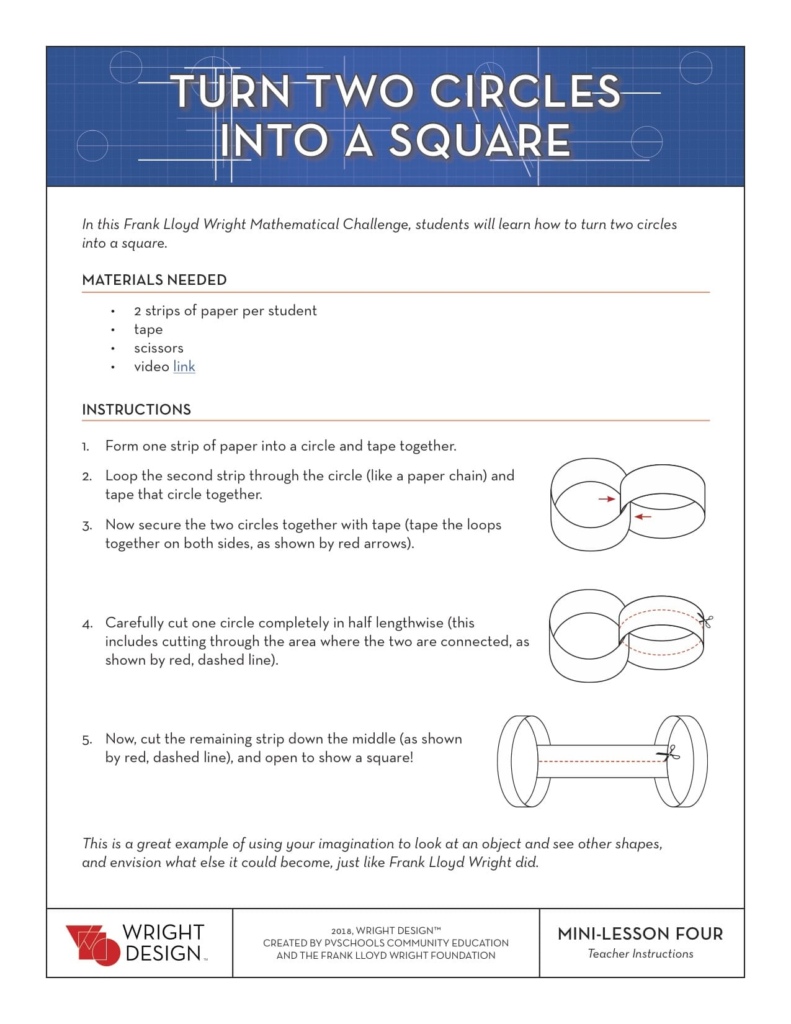
Circles and Geometric Drawing
MATERIALS FOR ACTIVITY 4:
-
Your Nature inspiration image
-
Your Realistic drawing (drawing 1 of 3)
-
Your Stylistic Sketch (drawing 2 0f 3)
-
Grid of choice – see below (square, triangle, or circle)
-
Pencil, eraser, ruler
-
Blank paper
Now that we know about all about shapes and patterns, have a family discussion around what we think a geometric drawing is.
How is a geometric drawing different than a realistic and stylistic drawing? For clues, look at our geometric drawings we just did of Ginkgo Leaf, Wheat stalk, and Hollyhock blooms!
What do you see?
We should see a complete abstraction into shapes!
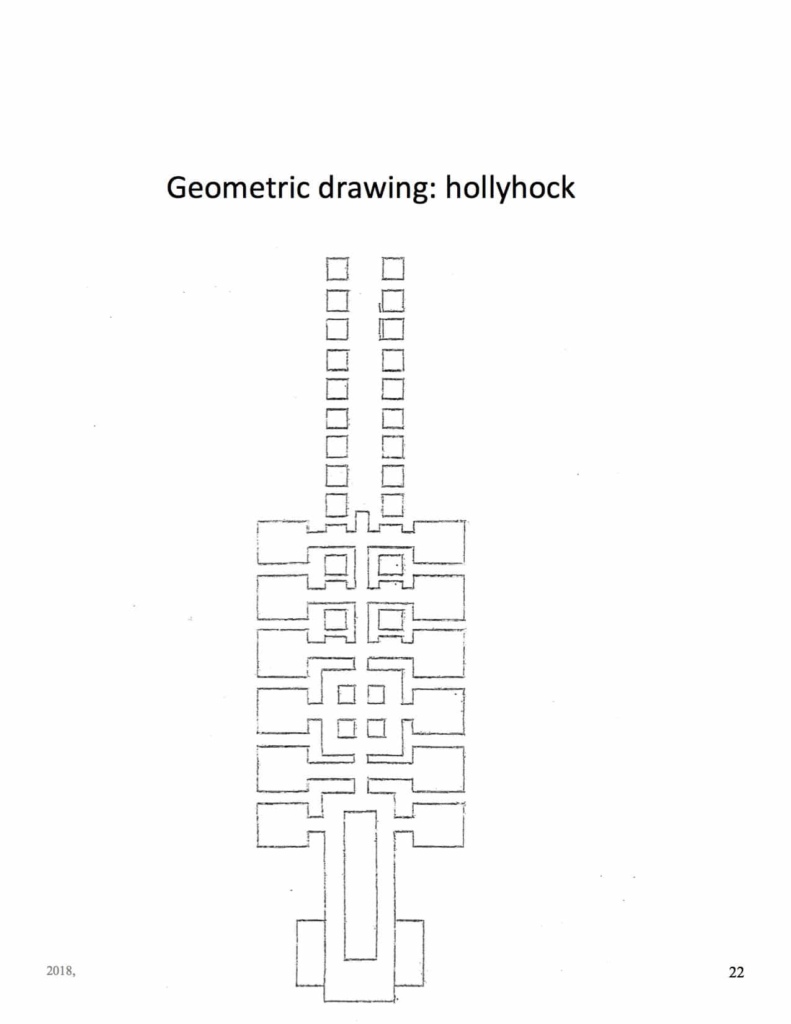
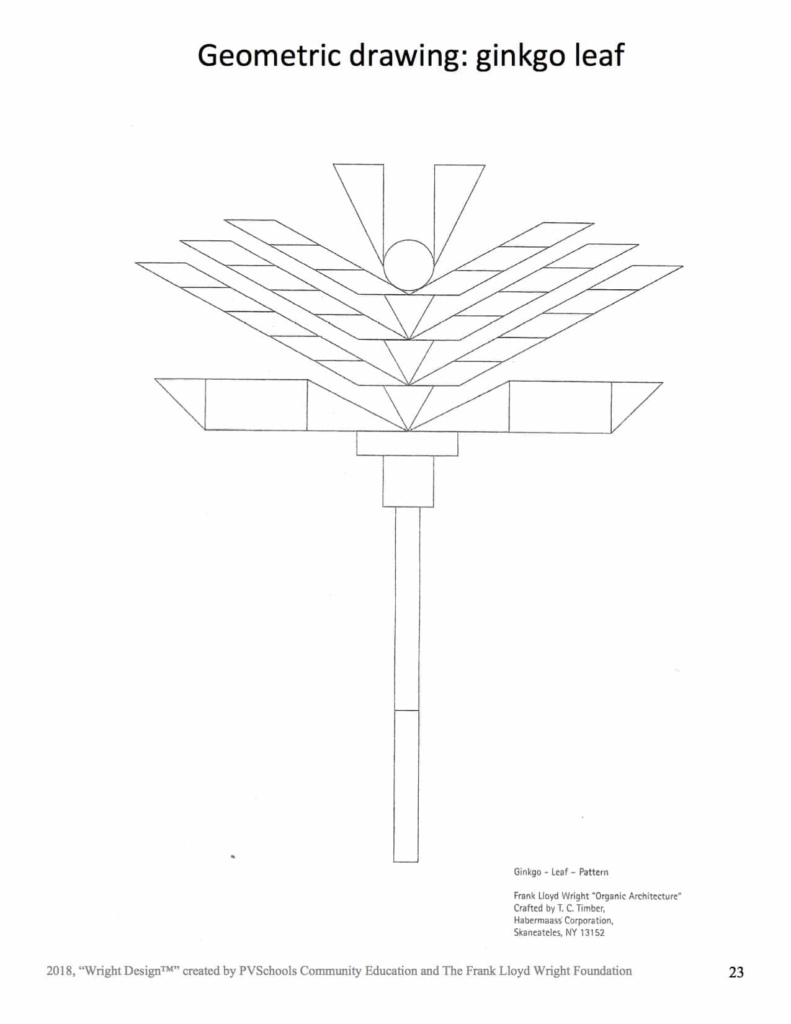
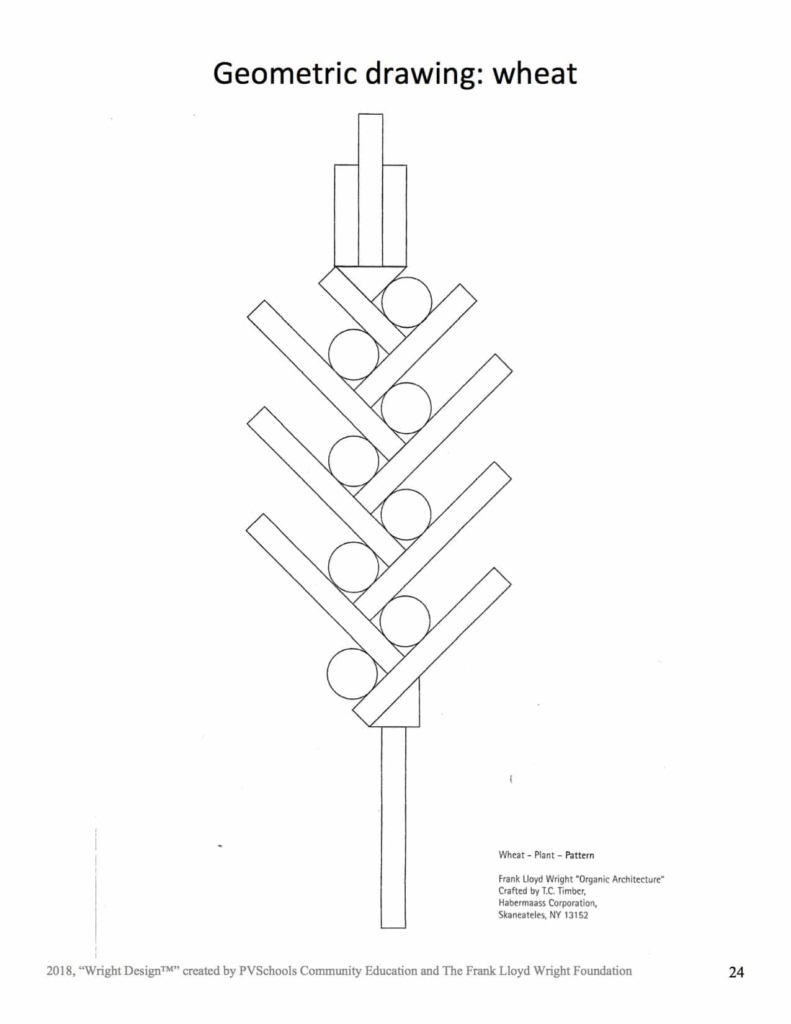
It’s your turn to draw a geometric sketch from your stylistic sketch. The goal here is to make those shapes and patterns completely take over your drawing. To help with that, use one of our grid patterns below. Put it over your stylistic drawing and extract as many shapes as possible for your new drawing! Continue to reference our geometric drawings below.
Once you have completed your geometric drawing compare it with your family’s geometric drawings! Send us a copy of your new drawing on our Facebook page!
Next week we will learn how to add color into our geometric drawing!
See you soon!
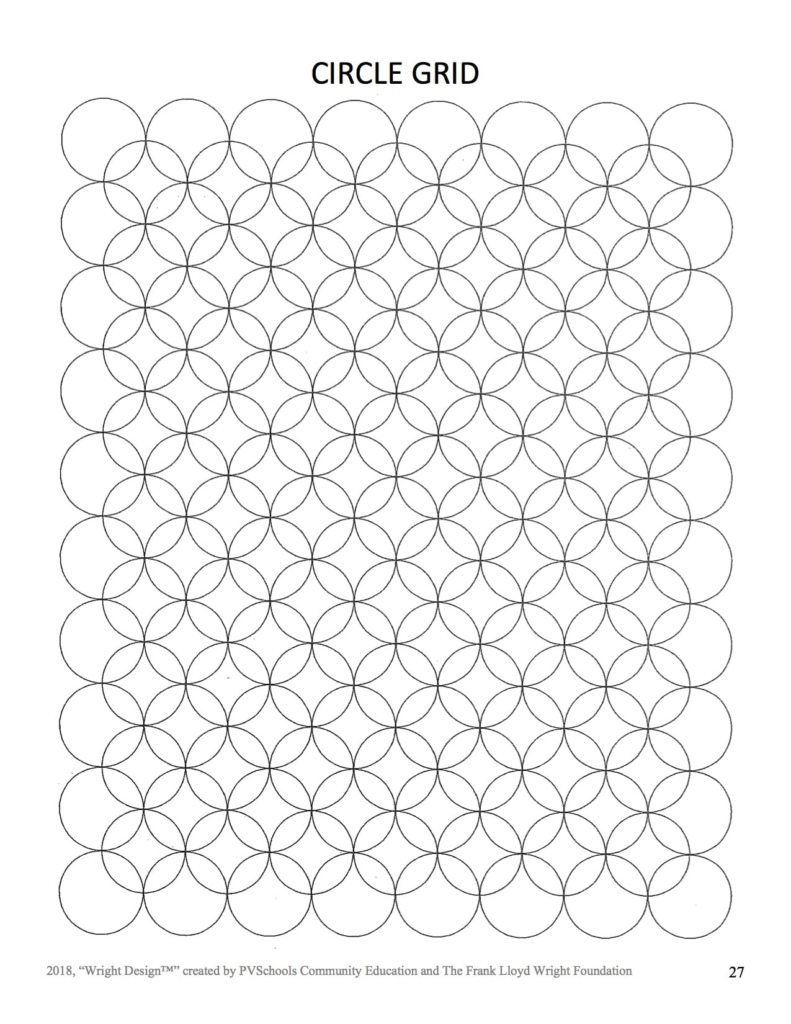


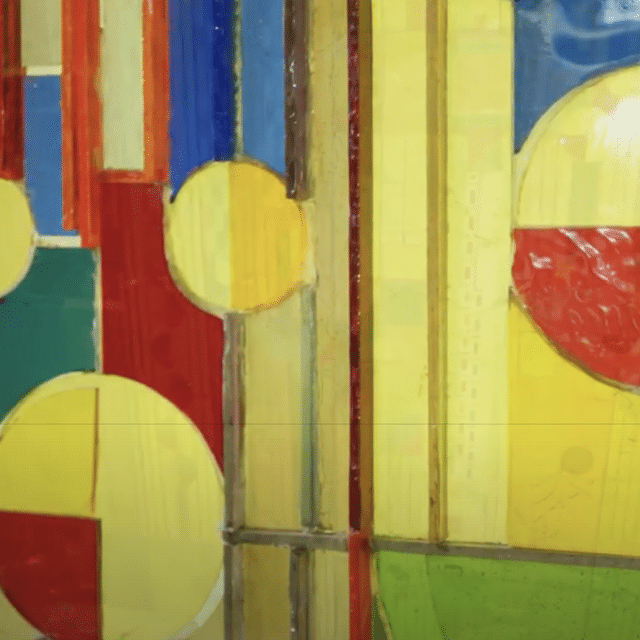
Virtual Classroom Activities 1-6 Series:
6-part project inspired by Wright art glass
Each week, we’ll debut a new Virtual Classroom activity for a total of 6 to work on. These activities can be completed at your own pace and will stay in the Virtual Classroom for you to enjoy. Each new activity builds on the next to help you along a journey to create the final project: your very own work of art inspired by Frank Lloyd Wright’s famed art glass!
Don’t forget to share your work along the way! Show us your Activity drawings on the Frank Lloyd Wright Foundation Facebook page.
Return to Virtual Classroom Activities 1-6
The Frank Lloyd Wright Foundation has collaborated with the Paradise Valley School District to create this K-12 curriculum that has been test-piloted across hundreds of students within the district. These 6 activities represent an abbreviated version of that original curriculum, drawn from those learnings and programming.
More Hands-on Activities To Try at Home
At the Frank Lloyd Wright Foundation, we use Frank Lloyd Wright’s revolutionary design concepts and buildings at Taliesin West to educate and inspire people of all ages, challenging them to understand and embrace innovation in their own lives.
Through the hands-on activities below, we encourage you to explore and discover science, technology, engineering, art, and math concepts through fun, interactive activities inspired by Wright. These activities present an opportunity to share ideas and personal opinions, surprise each other, and discover the world through a new lens.
The Frank Lloyd Wright Foundation is dedicated to providing quality STEAM education experiences to challenge young people around the world to be critical thinkers and creative problem solvers. During this uncertain time, with families around the world keeping their kids engaged in learning activities, the Foundation is proud to offer these lessons and other activities free of charge. Your support helps the Frank Lloyd Wright Foundation keep their staff employed and creating education programs at this critical time, and long into the future.
Support these education programs and the work of the Frank Lloyd Wright Foundation.
